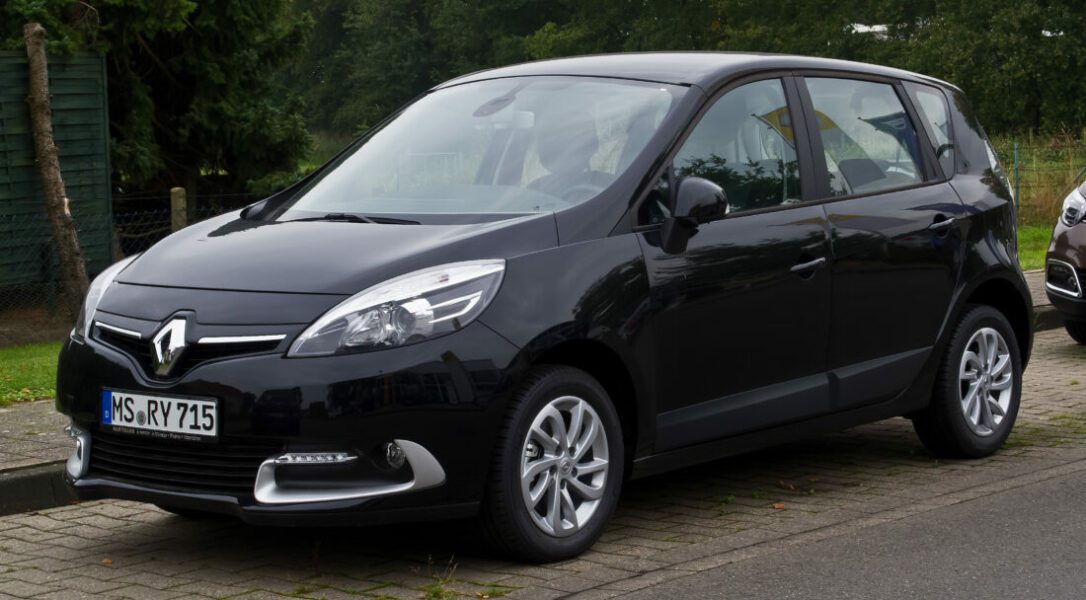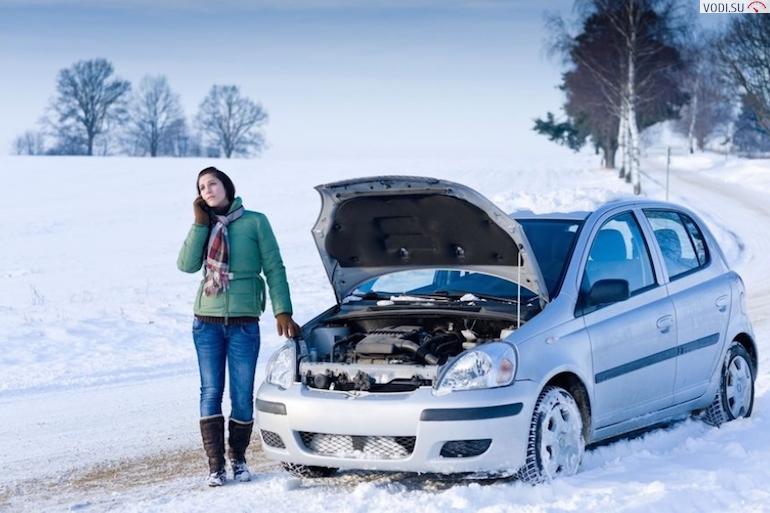
Renault Grand Scenic 2.0 16V Turbo (120 kW) Dynamic
One is like a backpack: black, dirty, running in a cloud of black soot particles. Those are diesel ones. Then there are others, majestic, clean, in white coats, who decide how to get the most power from the gasoline engines. Knaps vs. Engineers. ... So, in the test Grand Scenic there was a turbine "this gentleman" and, of course, a gasoline engine. Fans of dirty, frugal driving may stop reading at this point and use the time you would have spent calculating the lowest average you would (or could) achieve with a (turbo) diesel engine. And the rest. ...
Others will probably be interested in the fact that the two-liter 16-valve turbocharged gasoline engine is capable of developing 163 "horsepower", otherwise we already know it from the Laguna, Vel Satis, Espace or, say, from the Megane coupe-convertible, that it is quiet and above all, respectfully flexible. Try this: Find a very steep slope, put in third gear, and walk about 30, 35 kilometers.
step on the gas an hour. The result of the Grand Scenic test: not a second hesitated, the engine accelerates to 40 kilometers per hour without problems and resistance, while the lights start to turn on, indicating that they want to turn the front wheels to neutral.
No jolts, shakes, bass or other signs that the engine doesn't like it. When we tried something similar with a typical (and comparable in torque) turbodiesel, it pulled about a few times and shut off. Not to mention that the Grand Scenic turbo petrol engine in third gear can reach not only 30, but (approximately) 150 kilometers per hour, and the classic turbodiesel barely 100, 110. You can (easily) create it yourself.
The price of comfort and liveliness (again) is consumption, but the penalties are not enough to deter you from buying. The average consumption of the (very fast) test was a good 12 liters, when driving at a moderate speed it dropped to eleven and a half. We know from experience that a comparable diesel consumes two (maybe two and a half) liters less. A lot of? It mostly depends on how you look at these things and how high on your priority scale is a dynamic and flexible engine (and the conveniences and pleasures that come with it).
Otherwise, the five-seat Grand Scenic is the best choice among the Scenes (unless, of course, there are seven seats on your list of necessary equipment that you cannot live without). It may not look as consistent as the “regular” Scenic (it's a Grand after all, because Renault just increased the overhang over the rear wheels), but with five longitudinally adjustable, folding and removable seats, it offers huge, mostly over 500 - a liter trunk, to which you need to add a few useful storage boxes (yes, you can also put a bag with a laptop in them), which means that a good half of the “cube” of luggage is for luggage only. It is not necessary to put it in it, you can throw it from afar, but there will still be room. And the rear passengers will still be comfortable to sit.
The fact that the driver's seat is designed quite ergonomically, but with the already well-known too flat steering wheel and unlit buttons on it, is typical for all Scenicos, the feeling of spaciousness and high-quality (at least to the touch) plastic is also mostly the same. The quality of workmanship has not faltered either, but the rather rich list of equipment (in this case) is also pleasing.
So: if you're not the type to complain about every liter of fuel lost, the two-liter turbocharged petrol engine in the Grand Scenic would be a great choice. Who said used cars should be boring.
Dusan Lukic
Photo by Aleš Pavletič
Renault Grand Scenic 2.0 16V Turbo (120 kW) Dynamic
Basic data
Technical information
| engine: | 4-cylinder - 4-stroke - in-line - turbocharged petrol - displacement 1.998 cm3 - maximum power 120 kW (165 hp) at 5.000 rpm - maximum torque 270 Nm at 3.250 rpm. |
|---|---|
| Energy transfer: | front-wheel drive engine - 6-speed manual transmission - tires 205/55 R 16 H (Dunlop Winter Sport 3D M + S). |
| Capacity: | top speed 206 km / h - acceleration 0-100 km / h in 9,6 s - fuel consumption (ECE) 11,2 / 6,3 / 8,1 l / 100 km. |
| Mass: | empty vehicle 1.505 kg - permissible gross weight 2.175 kg. |
| External dimensions: | length 4.498 mm - width 1.810 mm - height 1.620 mm |
| Inner dimensions: | fuel tank 60 l. |
| Box: | 200 1.920-l |
Our measurements
| T = 10 ° C / p = 1027 mbar / rel. Ownership: 54% / Condition, km meter: 4.609 km | |
| Acceleration 0-100km: | 9,8s |
|---|---|
| 402m from the city: | 17,0 years ( 135 km / h) |
| 1000m from the city: | 30,8 years ( 173 km / h) |
| Flexibility 50-90km / h: | 6,6 / 10,1s |
| Flexibility 80-120km / h: | 9,5 / 13,3s |
| Maximum speed: | 204km / h (WE.) |
| test consumption: | 12,3 l / 100km |
| Braking distance at 100 km / h: | 46,1m |
| AM table: | 42m |
evaluation
Even cars designed for family travel can have a soul and can be a pleasure to drive. The Grand Scenic, with its XNUMX-litre turbocharged petrol engine, is a great example of this.
We praise and reproach
capacity
trunk
engine
open space
put the steering wheel
too few small storage facilities
stubborn car radio
